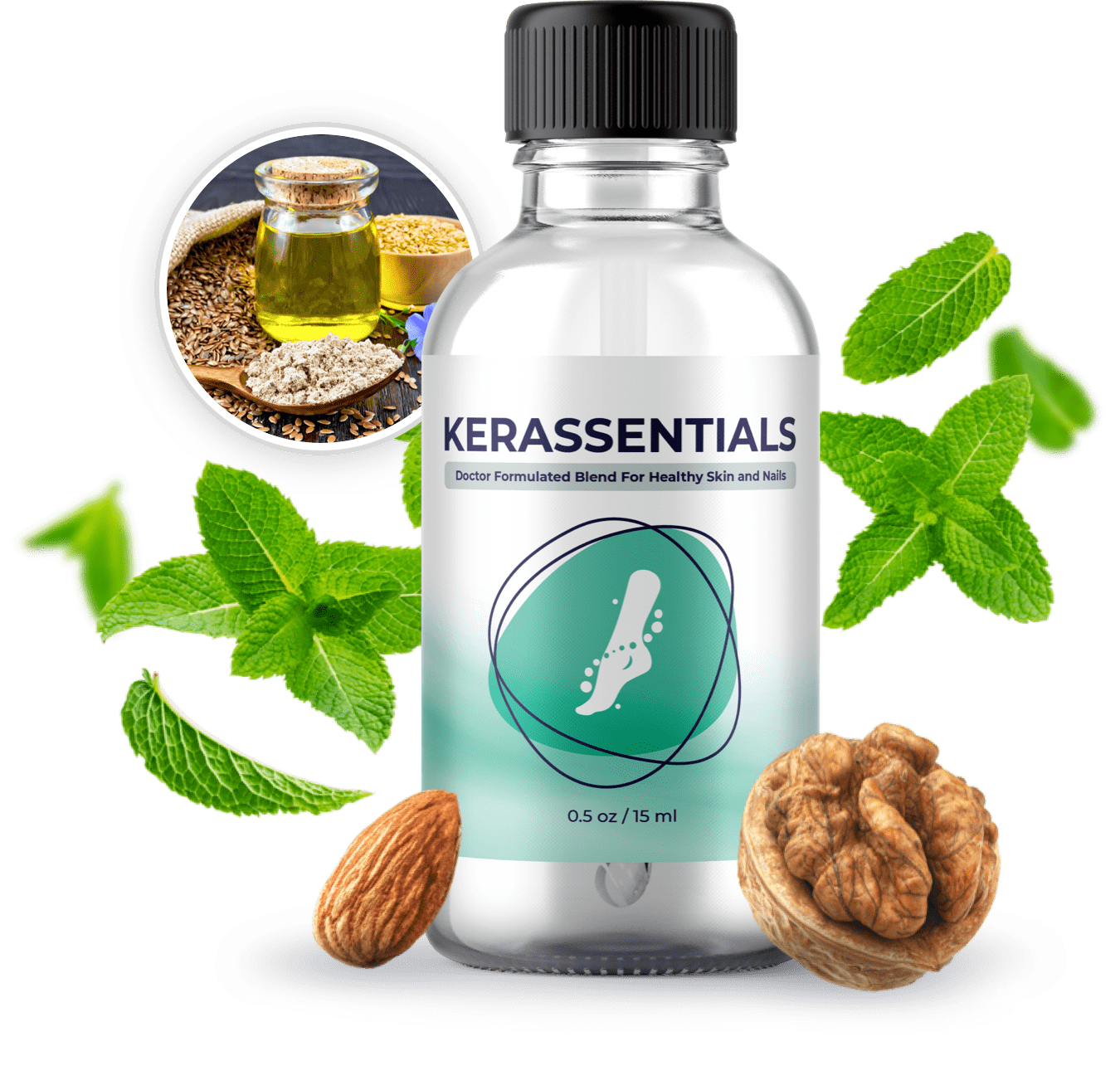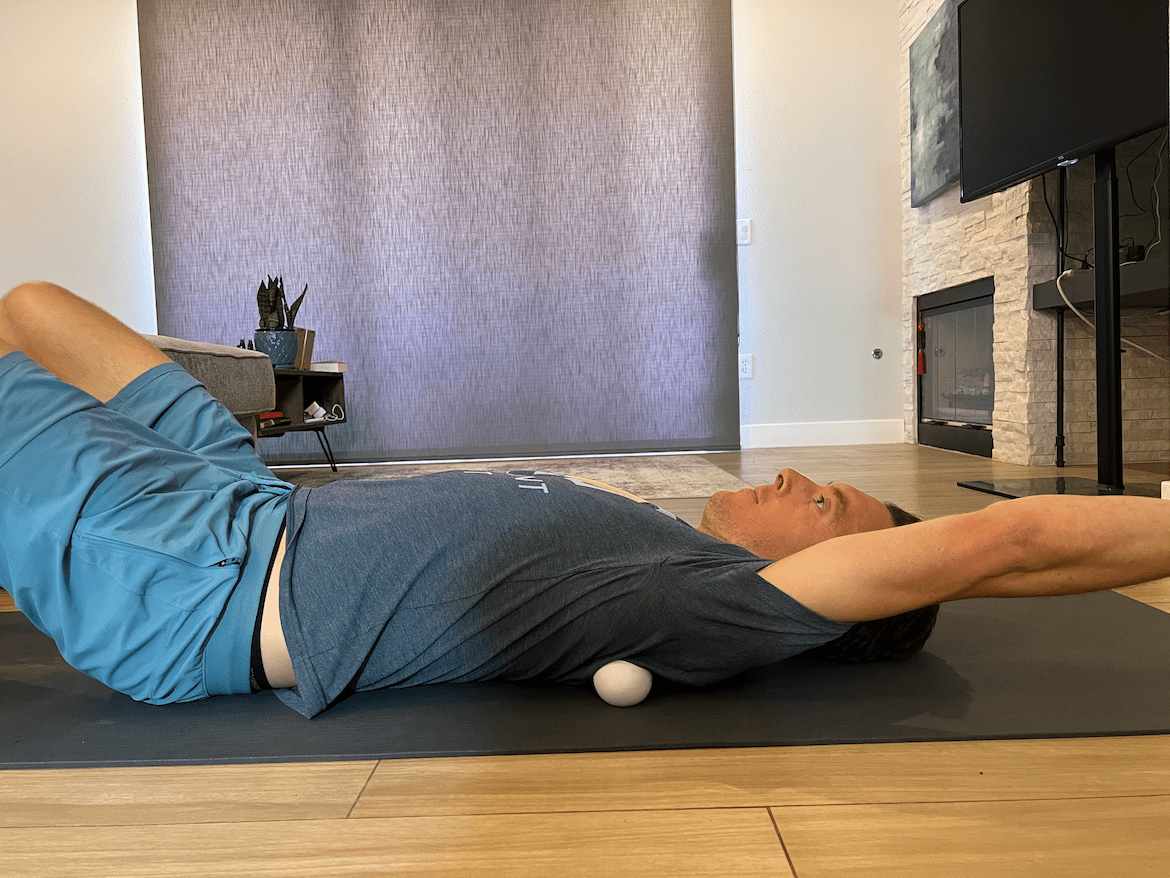We use our shoulders for just about every little thing we do: reaching for a can in the back of the cabinet; putting a book on a high shelf; slipping our arm into a sleeve; brushing our teeth. So when you have a bum shoulder, it’s, well, a big bummer.
Most people with shoulder pain have some kind of rotator cuff tear or injury. Problems with the rotator cuff—one of the most important parts of the shoulder—are super common (more on why later). Every year, more than 2 million Americans see their doctor complaining of rotator cuff pain, according to the Cleveland Clinic.
While preventing a rotator cuff injury isn’t always possible, showing your shoulder some love in the form of daily rotator cuff stretches can certainly lower your chances. Read on to learn more about the rotator cuff, including why it’s prone to pain, the best stretches to keep it long and limber, and what to do if you end up with an injury.
What is the rotator cuff, exactly?
“The rotator cuff is a group of relatively small muscles [and tendons] that attach to the front and the back of the shoulder,” says Anna Hammond, DPT, OCS, PCES, a physical therapist at Core Exercise Solutions.
“The shoulder joint is a ball and socket joint,” so the rotator cuff muscles “work together to help keep the ball centered in the socket,” Hammond says. In other words, it holds your shoulder in place and stabilizes the joint, so you can do things like lift your arms or reach overhead.
Why is the rotator cuff prone to injury?
“The short answer is most people have tight or weak rotator cuff muscles,” says Grayson Wickham, DPT, CSCS, founder of the Movement Vault.
Typically, tight rotator cuff muscles on the front of the shoulder (including the pectoralis minor) will pull the shoulders forward (i.e., out of proper alignment), he says. The rotator cuff muscles on the back of the shoulder can also be weak or unstable.
This lack of stability usually has to do with repeated poor posture (think: slumping in front of a laptop nine hours a day), Wickham says. Not actively stretching or strengthening the muscles also plays a part.
Problem is, poor shoulder mobility and stability sets off a damaging domino effect, something Wickham calls the “joint pain and injury cycle.” The cycle is:
- Tight or unstable shoulder muscles cause compensations in your rotator cuff
- These compensations lead to joint wear-and-tear (in this case, micro-tearing of specific rotator cuff muscles such as your supraspinatus)
- This joint wear-and-tear eventually leads to pain and injury
Making matters worse, we depend on the rotator cuff for a lot of everyday movements (think: combing our hair, pushing a vacuum) so it gets a lot of wear-and-tear. Over time, this overuse damages and weakens the shoulder, making it even more susceptible to injury, according to Harvard Health Publishing.
On top of all this, the movement of the rotator cuff involves the sequencing of many muscles including the scapula (shoulder blade), the humerus (upper arm bone), and the rib cage, Hammond says. “If one component isn’t working well, the rotator cuff can easily get pinched in the joint space or set up to overwork,” she says.
How to know if you have a rotator cuff injury
Tears are one of the most common rotator cuff injuries. They can happen accidentally, say, if you fall, or they can be a byproduct of wear-and-tear from repetitive activities and regular aging.
Symptoms of a rotator cuff tear include, per the Cleveland Clinic:
-
<
Recommended Story For You :
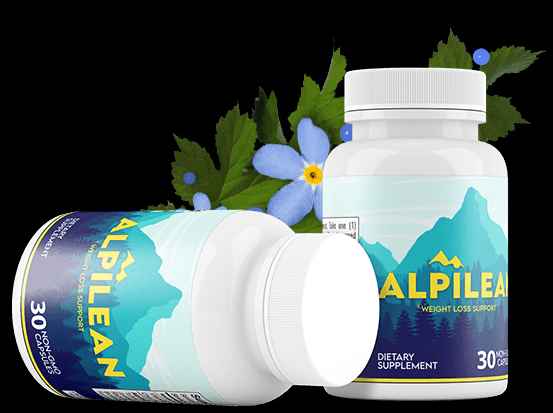
The alpine secret for healthy weight loss

The Most Potent Fast-Acting Formula For Incinerating Stubborn Fat

Real Cortexi Users Real Life‑Changing Results
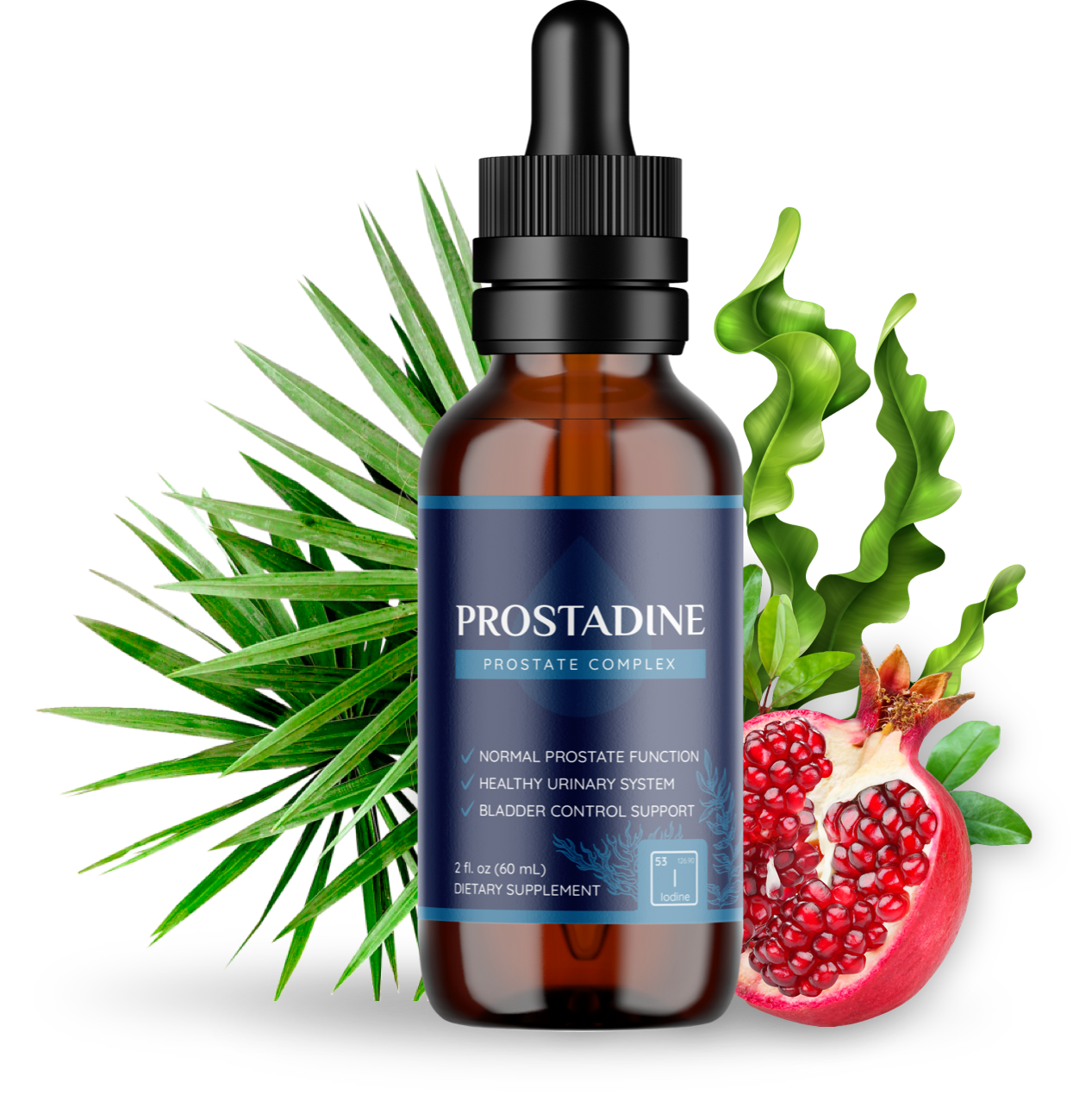
This Cold Drink Might Trigger Your Prostate
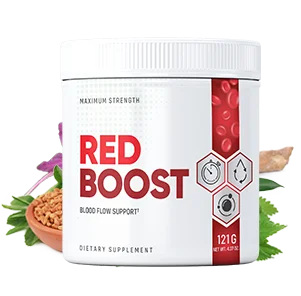
Red Boost is a powerful new formula for boosting male sexual health.

Everything you eat or drink eventually reaches your liver for processing.

Brand New Probiotics Specially Designed For The Health Of Your Teeth And Gums

Empowering You to Take Control of Your Blood Sugar Health!

Scientists Finally Discover the Root Cause of Belly Fat and Unexplained Weight Gain
